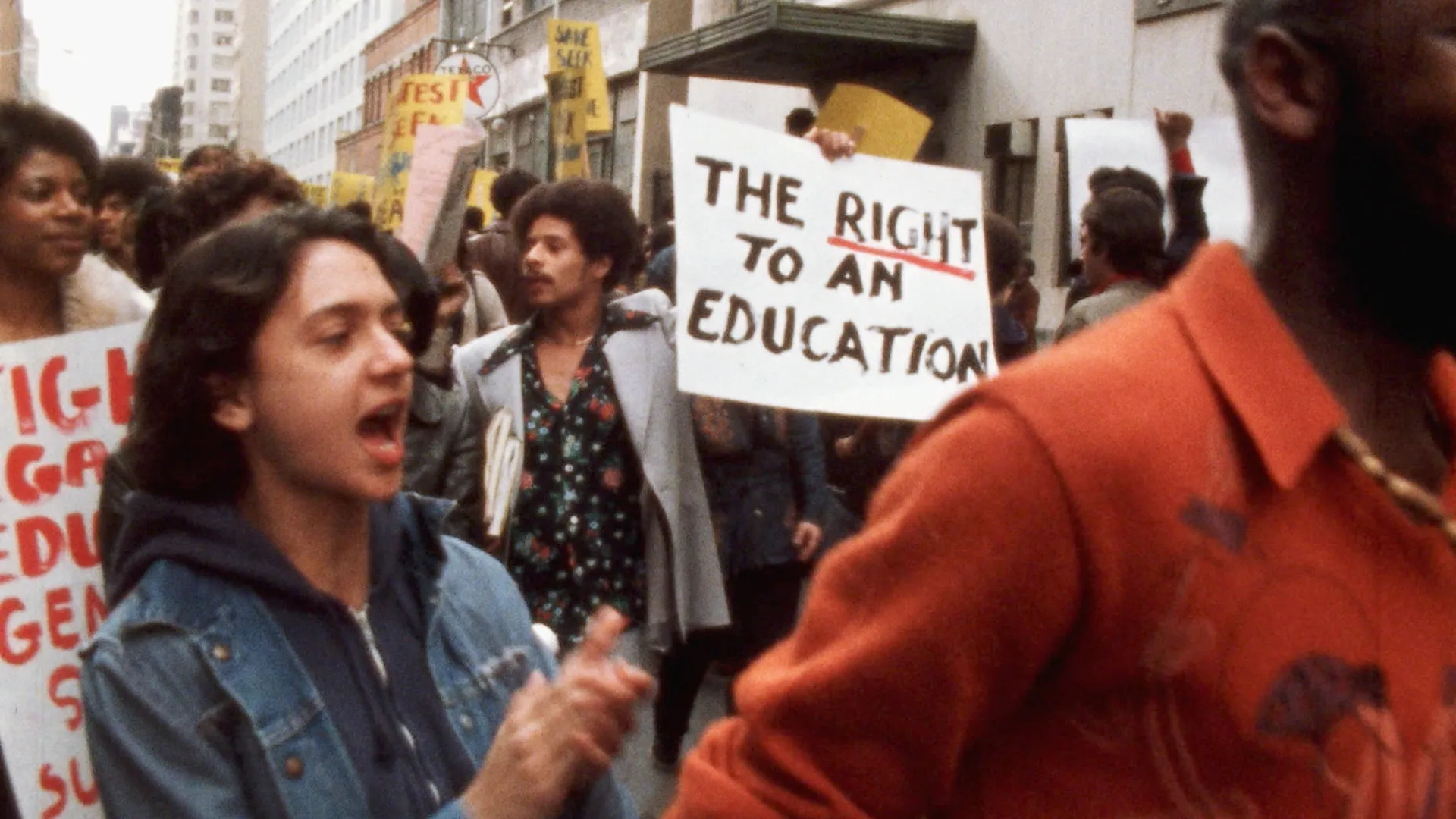A city is a promise, a collective agreement written in steel and concrete. What happens when that promise is broken? Drop Dead City positions itself as a document of such a moment, an autopsy of New York City in the mid-1970s as it bled out financially.
The film revisits the precipice, the hours when the great metropolis, that monument to aspiration, stared into the void of bankruptcy. This is not merely a recounting of fiscal policy and political blunders.
It is an inquiry into the very soul of a city, a meditation on the fragility of the systems we erect to give our lives meaning and structure. The film sets its stage amidst the ghosts of a dying consensus, asking what a city owes its people when it can no longer afford the dream of itself.
The Ghost in the Ledger
The documentary charts the pathology of the collapse, tracing its roots to a grand, perhaps beautifully naive, conception of civic life. For decades, New York had operated on a kind of faith—a belief in tuition-free universities, in public health as a right, in the dignity of a well-compensated municipal workforce.
These were articles of a generous creed. Yet this idealism was untethered from the material world, a prayer offered while the tax base, the very congregation of the faithful, was quietly departing. The film reveals the ensuing chaos not as a scandal of corruption but as something more existentially terrifying: an absence.
As one official memorably states of the city’s accounting, “there were no f—in’ books.” It is a chilling revelation of the void at the heart of the machine. The archival footage captures the faces of men in rooms, attempting to solve a crisis whose shape they could barely discern, their expressions a testament to the slow-motion horror of grappling with a disaster that was already complete.
Fear City and the Unseen Hand
The abstract failure of the ledger finds its brutal expression in the streets. The documentary’s assembly of archival images shows a city turning on itself. The layoffs of police, sanitation workers, and firefighters were not just budget cuts; they were amputations of the social body.
Garbage rises in monumental heaps, a physical manifestation of a broken promise. The infamous “Fear City” pamphlets appear, a purposeful poisoning of the city’s own well, transforming civic space into a landscape of dread. Into this vacuum steps a new authority.
The Municipal Assistance Corporation, or MAC, is presented as a council of technocrats, an unelected body led by banker Felix Rohatyn, tasked with imposing a cold, fiscal logic onto the city’s wounded idealism. The presence of Rohatyn’s own son as co-director casts a shadow over the proceedings, suggesting a filial attempt to frame a difficult history rather than confront it. The film captures the unbearable tension of a city forced to decide which of its vital organs it must sacrifice to live.
An Incomplete Ghost Story
For all its diligence in chronicling the official narrative, the film’s vision feels strangely circumscribed. Its strength lies in its curation of the archive, a scrapbook of a civilization in visible decay. Yet the presentation is often as grey and airless as the bureaucratic offices it depicts.
It is a work that meticulously documents the symptoms but seems afraid to diagnose the deeper spiritual malady. Where are the true poets of this decay, the artists and musicians who were forging a new, raw language from the city’s collapse? The film gives us the men who debated the city’s fate but largely ignores the chorus of those who were living it, their voices relegated to fleeting glimpses.
By privileging the view from the boardroom, it presents an incomplete ghost story. Its most potent idea, however, surfaces near the end: the crisis was a battleground between two opposing concepts of governance. It was a confrontation with the question that still haunts us—is a society an enterprise, or is it a covenant?
Drop Dead City premiered at DOC NYC, featuring Q&A sessions with the filmmakers, and later began theatrical runs in April and May 2025—screening at IFC Center and Laemmle theaters—followed by broader digital release.
Full Credits
Directors: Michael Rohatyn, Peter Yost
Writers: Michael Rohatyn, Peter Yost
Producers: Michael Rohatyn, Peter Yost, Frauke Levin (archival producer), Karoline Durr (executive producer)
Director of Photography (Cinematographer): Jerry Risius
Editors: Don Kleszy, Anna Auster
The Review
Drop Dead City
While an indispensable record of a metropolis on its knees, Drop Dead City remains a frustratingly bloodless autopsy. It meticulously lays bare the political and financial bones of the crisis but fails to conjure the spirit of the era or grapple with the existential abyss it represents. The film provides a vital history lesson, yet as cinema, it is a ghost story told without a ghost, a requiem performed without passion.
PROS
- Exceptional use of archival footage creating a powerful visual record.
- Offers a clear, detailed account of the complex 1975 fiscal crisis.
- Raises a profound, still-relevant question about the purpose of government.
CONS
- Conventional, flat filmmaking style that feels sluggish and uninspired.
- Neglects the vibrant cultural and artistic context of the era.
- Presents a narrow perspective, focusing on officials over citizens.
- Potential conflict of interest due to the co-director's family ties to a key figure.
